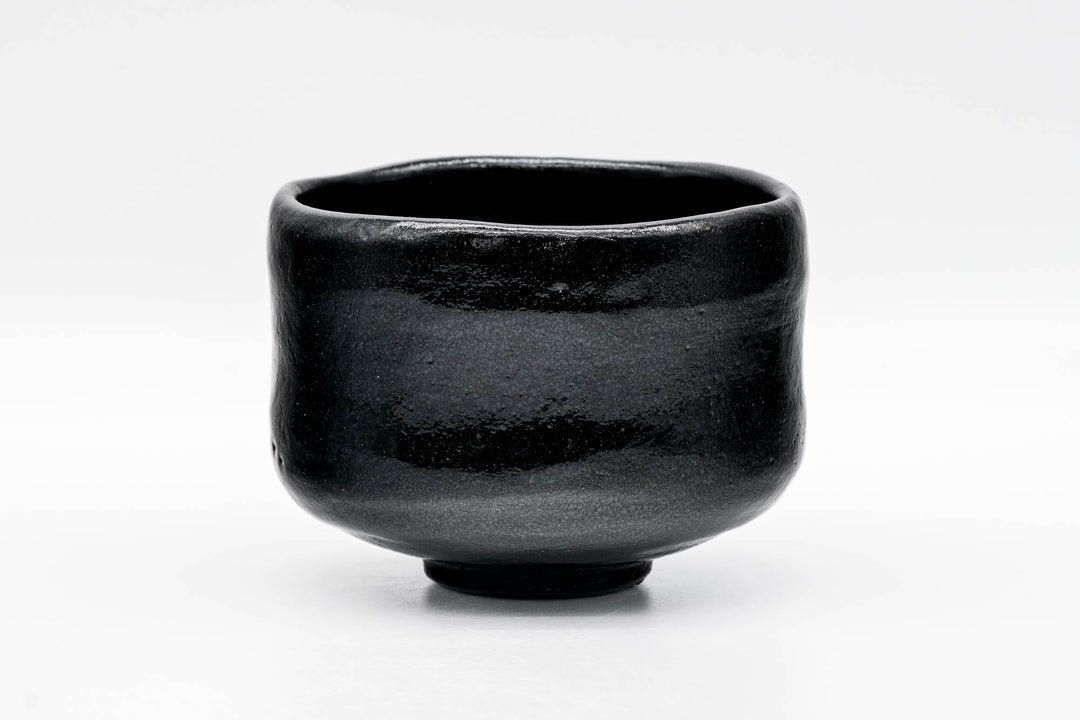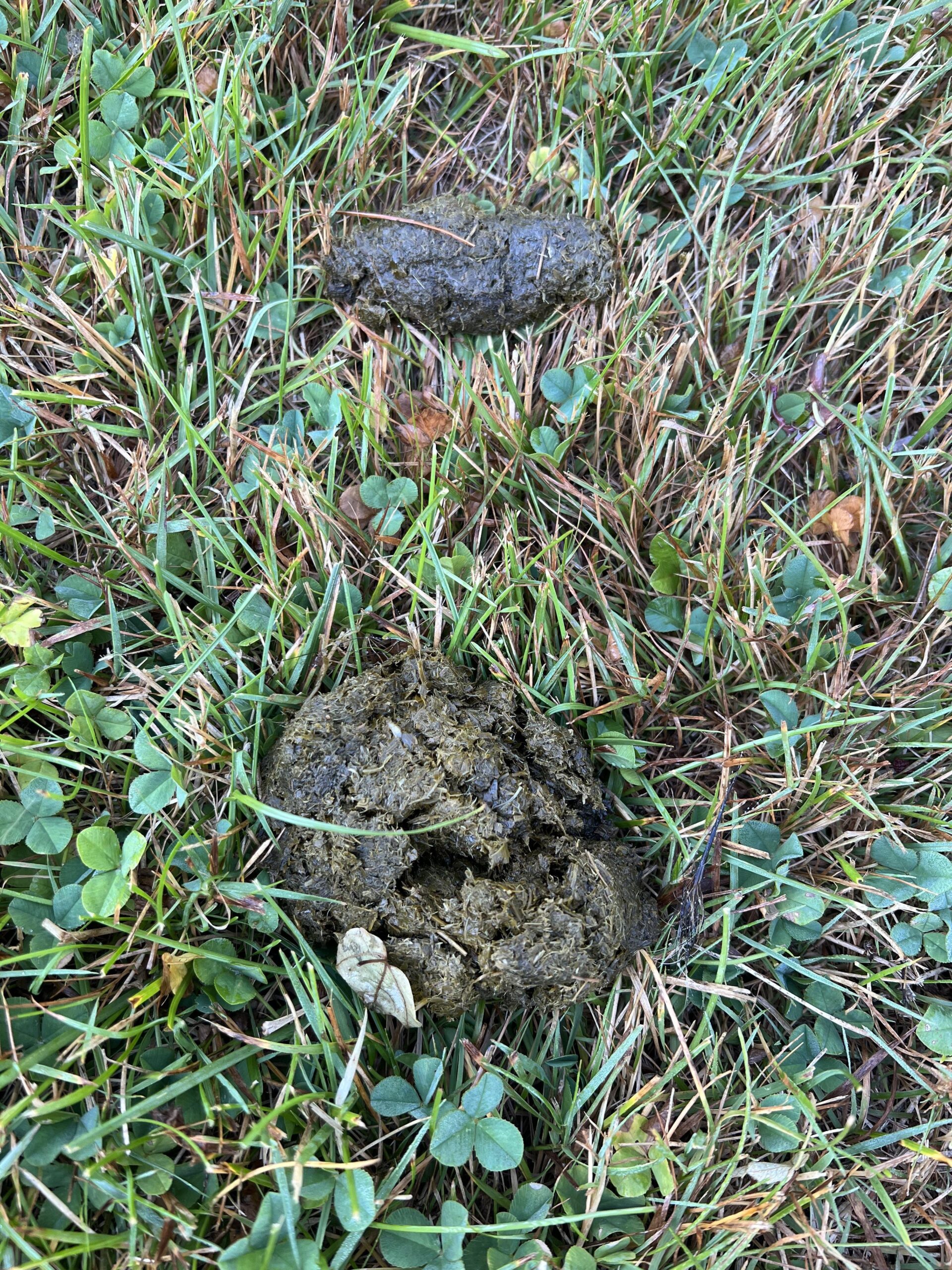A chawan is more than just a teacup—it embodies centuries of Japanese tradition and artistry. In your quest for the perfect cup of matcha, the chawan plays a vital role. The exquisite craftsmanship and unique designs of chawan reflect the essence of the tea ceremony. Discover the beauty and cultural significance of the humble chawan in this exploration of the art of tea.
The Wonderful World of Chawan: Discovering the Art of Japanese Tea Bowls
Welcome, tea enthusiasts! Today, we embark on a delightful journey into the enchanting world of chawan, the traditional Japanese tea bowl that has captured the hearts of tea lovers around the globe. So, grab a cup of your favorite brew and join me as we explore the history, craftsmanship, and cultural significance of these exquisite vessels.
The Origins of Chawan
First things first, let’s delve into the fascinating origins of chawan. Dating back to the 9th century in Japan, chawan has been an integral part of the Japanese tea ceremony, also known as chanoyu or sado. These handcrafted bowls were originally used by Zen Buddhist monks to prepare and enjoy matcha, a powdered green tea that is central to the tea ceremony.
Chawan are not just ordinary bowls; they are considered works of art, each telling a unique story through their shape, glaze, and decoration. The tradition of chawan-making has been passed down through generations, with master potters honing their skills to create one-of-a-kind pieces that reflect the beauty of imperfection and the harmony of nature.
The Art of Chawan Making
Creating a chawan is no simple task. It requires patience, skill, and a deep connection to the earth. The process begins with selecting the right type of clay, known as do, which plays a crucial role in determining the final appearance and feel of the bowl.
Gathering Clay
Master potters often venture into the wilderness to collect clay from specific locations known for producing high-quality ceramics. The clay is then processed, purified, and aged to achieve the right consistency for shaping and firing.
Shaping and Firing
Once the clay is ready, the potter begins the intricate process of shaping the chawan on a pottery wheel or by hand. The bowl is carefully molded and refined, taking into consideration factors such as thickness, curvature, and lip shape.
After the shaping is complete, the chawan is fired in a kiln at high temperatures to give it strength and durability. The firing process is a critical stage that can greatly influence the final appearance of the bowl, from its color to its texture.
The Beauty of Imperfection
One of the most captivating aspects of chawan is the concept of wabi-sabi, a Japanese aesthetic philosophy that values imperfection, transience, and simplicity. Chawan embody the essence of wabi-sabi through their asymmetrical shapes, subtle glazes, and natural blemishes.
When you hold a chawan in your hands, you can feel the soul of the potter embedded in its every curve and line. The slight irregularities and imperfections make each bowl unique, inviting you to embrace the beauty of impermanence and the passage of time.
The Significance of Chawan in Tea Ceremonies
In the realm of the Japanese tea ceremony, chawan holds a special place of honor. These humble yet exquisite bowls are the vessel through which tea is whisked, served, and savored, symbolizing harmony, respect, and mindfulness.
During a traditional tea ceremony, the host carefully selects a chawan that complements the season, the occasion, and the guest. The act of preparing and serving tea becomes a meditative ritual, where every movement is deliberate and every gesture is imbued with meaning.
The Ritual of Tea Preparation
Before the tea is whisked, the chawan is warmed with hot water to enhance the flavors and aromas of the matcha. The tea powder is then scooped into the bowl, followed by the addition of hot water. With a bamboo whisk, the host gently stirs the mixture to create a frothy, vibrant green tea.
Once the tea is ready, the chawan is presented to the guest with a bow, signaling a moment of connection and gratitude. The guest receives the bowl with reverence, sipping the tea slowly and savoring its complex flavors.
Collecting and Caring for Chawan
For avid tea enthusiasts and collectors, chawan are more than just functional vessels; they are cherished pieces of art that bring joy and beauty into everyday life. Whether you are a seasoned tea ceremony practitioner or a casual tea lover, owning a chawan can enhance your tea-drinking experience.
Choosing the Right Chawan
When selecting a chawan, consider factors such as size, shape, and design. Some prefer small, delicate bowls for individual use, while others opt for larger, deeper bowls for sharing tea with guests. Explore different styles, from rustic and earthy to sleek and contemporary, to find a chawan that resonates with your personal taste.
Caring for Your Chawan
To maintain the beauty and longevity of your chawan, handle it with care and clean it gently after each use. Use warm water and a soft cloth to wash the bowl, avoiding harsh chemicals or abrasive materials that could damage the glaze. Allow the chawan to air dry completely before storing it in a cool, dry place.
The Timeless Appeal of Chawan
As we conclude our journey into the enchanting world of chawan, let us reflect on the timeless appeal of these exquisite tea bowls. From their ancient origins to their modern interpretations, chawan continue to captivate tea lovers with their beauty, craftsmanship, and cultural significance.
So next time you prepare a cup of tea, why not elevate your tea-drinking experience with a chawan? Embrace the simplicity, elegance, and serenity that these artful bowls bring to each sip, and savor the moment as you connect with the rich tradition of Japanese tea culture.
May your tea always be warm, your chawan always cherished, and your heart forever filled with the beauty of the tea ceremony. Cheers!
The Many Shapes of the Matcha Bowl | An Explanation
Frequently Asked Questions
What is a chawan used for?
A chawan is a traditional Japanese tea bowl used primarily for preparing and drinking matcha tea. Its wide and shallow shape allows for the tea to be whisked easily and evenly, enhancing the flavor and creating a smooth consistency.
Can a chawan be used for drinking other types of tea?
While a chawan is specifically designed for matcha tea, it can also be used for other types of tea, such as loose-leaf or powdered varieties. The wide shape of the bowl provides space for the tea leaves to expand and release their flavors, making it a versatile vessel for different tea types.
How is a chawan different from a regular teacup?
A chawan differs from a regular teacup in terms of its size, shape, and material. Chawans are typically larger and deeper than teacups, allowing for the whisking of matcha tea. They are also often handmade from high-quality ceramics or porcelain, emphasizing the artistry and craftsmanship involved in their production.
Final Thoughts
In conclusion, the chawan is an essential tool in the Japanese tea ceremony. Its design and size play a crucial role in enhancing the tea-drinking experience. The unique characteristics of each chawan make it a valuable and appreciated object in the world of tea culture. Whether simple or intricate, the chawan serves as a vessel that embodies the spirit and artistry of the tea ceremony.



